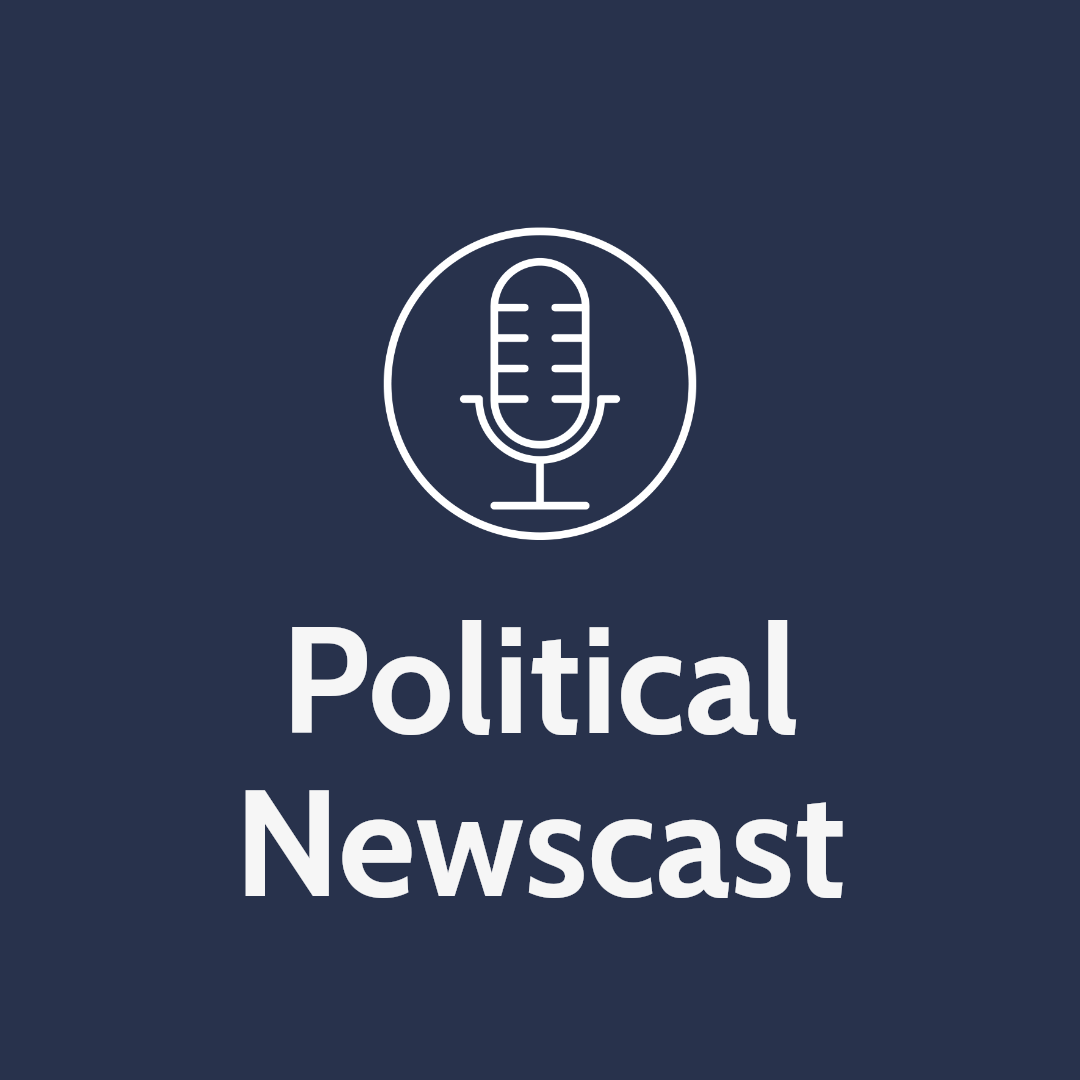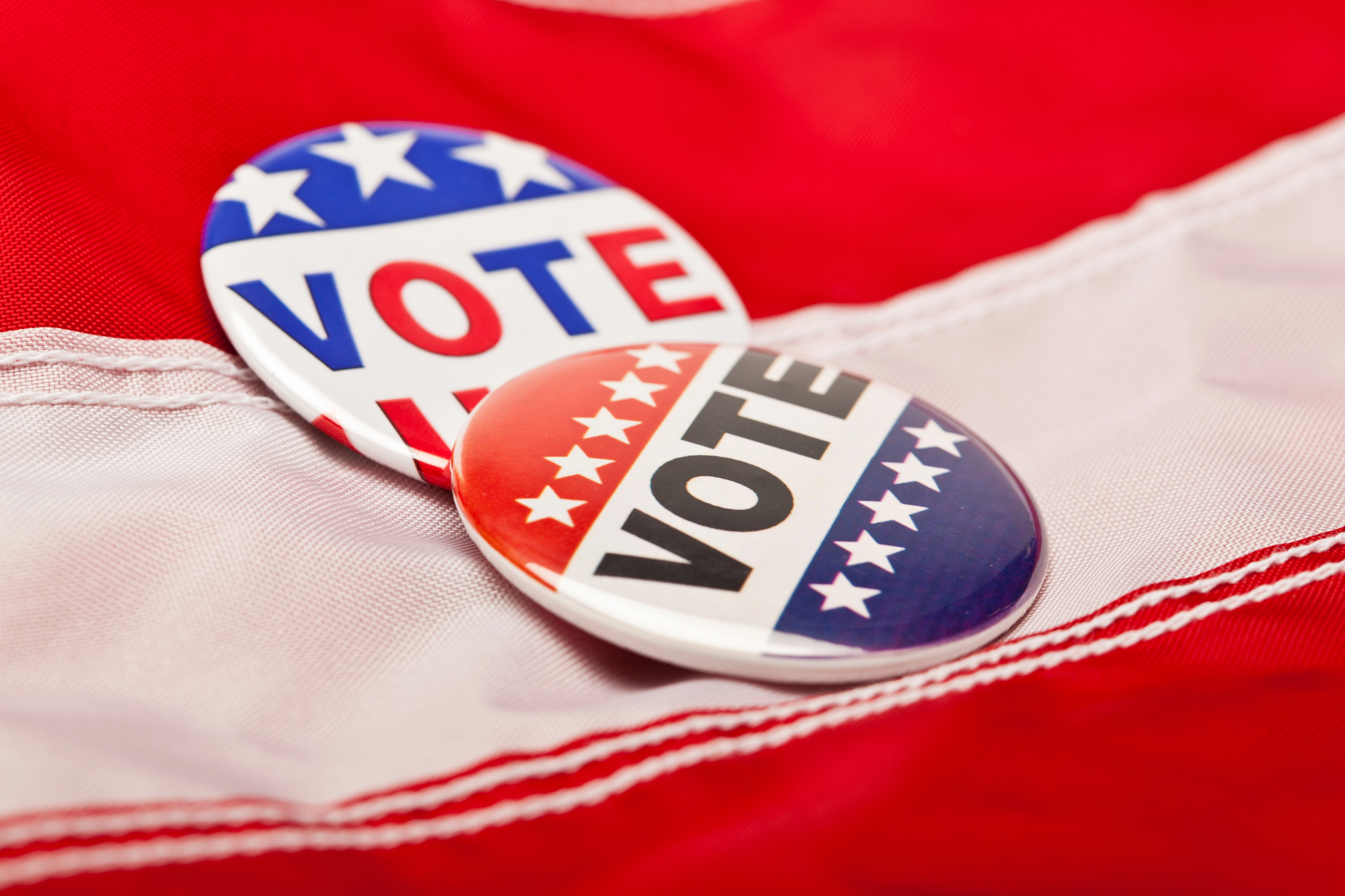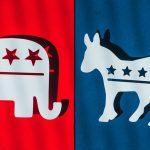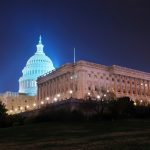In American politics, the term “hard money” refers to political contributions that are directly given to candidates and subject to strict regulations by the Federal Election Commission (FEC). Hard money can only be used for specific campaign purposes and must come from individuals or political action committees (PACs) who are required to disclose their identities. These donations have clear limits on how much can be contributed, creating transparency in campaign financing.
Hard money stands in contrast to “soft money,” which historically faced fewer restrictions and could be given to political parties for activities like voter registration drives rather than directly supporting specific candidates. The distinction between these types of political donations emerged from campaign finance reform efforts aimed at reducing the influence of wealthy donors on elections.
Understanding hard money is essential for voters who want to follow the flow of political donations. The regulated nature of hard money helps track which individuals and groups are financially supporting candidates, though it represents just one part of the complex campaign finance system that includes various other funding mechanisms.
Defining Hard Money in Politics
Hard money in politics refers to regulated political contributions made directly to candidates, which are subject to federal limits and disclosure requirements. These funds play a key role in campaign financing and face stricter oversight than other funding types.
Hard Money vs. Soft Money
Hard money includes donations given directly to political candidates that are regulated by the Federal Election Commission (FEC). These contributions have specific limits on how much individuals and political action committees can donate to campaigns.
Soft money, by contrast, refers to political funds that fall outside direct FEC regulation. Before campaign finance reform, soft money could be given in unlimited amounts to political parties for “party-building activities” rather than specific candidates.
The distinction became particularly important after the Federal Election Campaign Act set limits on direct candidate contributions. While hard money donations face strict caps and reporting requirements, soft money historically provided a way for donors to give larger sums to influence the political process indirectly.
Key Characteristics of Hard Money
Hard money contributions have several defining features that separate them from other political funds:
Strict Limits: The FEC sets specific caps on how much any individual can donate to a candidate per election cycle. These limits are periodically adjusted for inflation.
Disclosure Requirements: All hard money donations must be reported to the FEC, including the donor’s name, address, occupation, and employer. This information becomes public record.
Permitted Uses: Hard money can be spent directly on campaign activities like:
- Advertising and media buys
- Staff salaries
- Travel expenses
- Campaign materials
Source Restrictions: Corporations and labor unions cannot donate hard money directly to federal candidates, though their members can form PACs that make such contributions.
Foreign nationals are prohibited from making hard money donations to U.S. political campaigns, maintaining the integrity of domestic electoral funding.
Legal Framework and Regulation
Hard money in politics operates within a strict regulatory framework designed to promote transparency and prevent corruption. These regulations establish limits on contribution amounts and require detailed disclosure of donors.
Federal Election Commission and Its Role
The Federal Election Commission (FEC) serves as the primary regulatory agency overseeing campaign finance laws in the United States. Created in 1975, the FEC consists of six commissioners appointed by the President and confirmed by the Senate.
The commission enforces contribution limits, monitors disclosure requirements, and investigates violations of federal election law. It maintains public databases of campaign contributions, allowing citizens to track who is funding political candidates.
The FEC issues advisory opinions to clarify campaign finance rules and publishes guidance documents to help candidates comply with regulations. It can impose civil penalties on candidates, committees, and donors who violate federal election laws.
Despite its authority, the FEC faces criticism for structural limitations. The equal partisan split (three Democrats, three Republicans) often leads to deadlocked votes on enforcement actions.
Federal Election Campaign Act
The Federal Election Campaign Act (FECA) forms the backbone of hard money regulation in American politics. First passed in 1971 and significantly amended in 1974 following the Watergate scandal, FECA established comprehensive rules governing political contributions.
FECA sets specific contribution limits for individuals donating to candidates, party committees, and political action committees. These limits are adjusted for inflation every two years.
The act mandates detailed reporting requirements. Political committees must disclose the names, addresses, and occupations of donors who contribute above certain thresholds.
FECA prohibits certain entities from making direct contributions, including corporations and labor unions. It also bans foreign nationals from contributing to political campaigns.
The Supreme Court has shaped FECA’s implementation through landmark decisions like Buckley v. Valeo (1976), which upheld contribution limits while striking down certain spending restrictions on First Amendment grounds.
Contribution Limits and Disclosure
Federal law establishes strict controls over hard money in politics through contribution limits and disclosure requirements. These regulations create transparency in campaign finance while preventing excessive influence from wealthy donors.
Contribution Limits for Hard Money
The Federal Election Commission (FEC) sets specific limits on hard money contributions to federal candidates, political parties, and committees. For the 2023-2024 election cycle, individuals could donate up to $3,300 per candidate per election (primary and general elections count separately). This meant a person could give $6,600 total to a candidate who ran in both primary and general elections.
Political Action Committees (PACs) face their own limits, typically $5,000 per candidate per election. These limits adjust periodically for inflation.
National party committees can receive $41,300 from individuals per year, while state and local party committees can accept $10,000 annually for federal election activities.
Hard money limits differ significantly from soft money, which faces fewer restrictions but cannot be used directly for federal candidate campaigns.
Disclosure Requirements
Hard money contributions must be fully disclosed to the FEC, creating a public record of who funds political campaigns. Campaigns must report the name, address, occupation, and employer of anyone contributing over $200 in an election cycle.
These reports appear on the FEC website, allowing voters, journalists, and watchdog groups to track political funding sources. Campaigns file quarterly reports in non-election years and more frequent reports as elections approach.
Disclosure rules serve multiple purposes. They help prevent corruption by exposing potential conflicts of interest. They also give voters valuable information about who supports different candidates.
Unlike “dark money” spending, where donors remain anonymous, hard money contributions create a clear paper trail linking donors to candidates.
Sources and Use of Hard Money
Hard money in politics comes from specific legal channels with strict regulations on who can contribute and how those funds can be used. The Federal Election Commission (FEC) monitors these contributions closely to maintain transparency in the electoral process.
Political Action Committees and PACs
Political Action Committees (PACs) serve as major sources of hard money in American politics. These organizations collect contributions from individuals and then distribute these funds to candidates they support. Traditional PACs face strict contribution limits—they can donate up to $5,000 to a candidate committee per election and up to $15,000 to a national party committee per year.
Corporate PACs represent business interests but can only collect money from shareholders, executives, and their families—not from corporate treasuries directly. Union PACs similarly collect from members rather than union coffers.
Leadership PACs, formed by politicians to support other candidates, help build political alliances. Super PACs emerged after the Citizens United ruling but operate differently, as they cannot give directly to candidates but can spend unlimited amounts on independent advocacy.
Political Parties and Candidates
Political parties rely on hard money to fund their candidates’ campaigns and party operations. National committees can receive higher contribution limits than individual candidates, allowing them to amass substantial war chests for elections.
Candidates must register with the FEC once they raise or spend more than $5,000. They can only accept hard money contributions within legal limits—$2,900 per election from individuals as of 2021, with primary and general elections counted separately.
Self-funding candidates face fewer restrictions and may spend unlimited personal funds on their campaigns. This creates a potential advantage for wealthy candidates who can bypass fundraising challenges.
Party committees can make coordinated expenditures with candidates but must adhere to specific limits based on state population and office sought.
Independent Expenditures
Independent expenditures represent a distinct category of political spending that advocates for or against candidates without coordination with their campaigns. These expenditures must be reported to the FEC when they exceed $250.
Organizations making independent expenditures must include disclaimers on communications stating who paid for them and that they weren’t authorized by any candidate. This transparency requirement helps voters understand who finances political messages.
While independent expenditures use hard money when made by PACs or individuals, they have become increasingly important since court rulings allowed unlimited spending in this category.
Super PACs focus almost exclusively on independent expenditures, raising unlimited sums from corporations, unions, and individuals while maintaining technical separation from candidates. This separation, though sometimes criticized as a thin barrier, remains legally significant.
Major Court Cases and Reforms
The landscape of campaign finance law has been shaped by several landmark Supreme Court decisions and legislative reforms that define the boundaries between hard money and soft money in politics.
Buckley v. Valeo and Its Impact
The 1976 Supreme Court case Buckley v. Valeo established fundamental principles that still govern campaign finance today. The Court upheld limits on direct contributions to candidates (hard money) but struck down spending restrictions as violations of First Amendment free speech rights.
This ruling created a two-tiered system where contributions could be limited but expenditures remained largely unrestricted. The Court reasoned that contribution limits were justified to prevent corruption or its appearance, while independent expenditures posed less risk of quid pro quo arrangements.
Buckley established the framework for distinguishing between regulated hard money and less regulated spending. This decision also introduced the concept that money spent in elections represents a form of protected speech, setting the stage for future campaign finance disputes.
The Role of Citizens United
Citizens United v. Federal Election Commission (2010) dramatically altered the campaign finance landscape. This 5-4 Supreme Court decision overturned portions of the Bipartisan Campaign Reform Act (BCRA) and earlier precedents, ruling that corporations and unions can spend unlimited amounts on independent political expenditures.
The Court held that prohibiting independent political spending by corporations violated First Amendment rights. This ruling did not affect the ban on direct corporate contributions to candidate campaigns, which remained illegal hard money.
Citizens United led to the creation of Super PACs, which can raise unlimited funds from individuals, corporations, and unions for independent expenditures. This decision blurred the line between hard and soft money, as wealthy donors gained new avenues to influence elections without traditional contribution limits.
Campaign Finance Reform Efforts
The Bipartisan Campaign Reform Act of 2002 (BCRA), also known as McCain-Feingold, represented the most significant campaign finance legislation in decades. BCRA aimed to eliminate soft money by prohibiting national political parties from raising or spending unregulated funds.
The law banned corporations and unions from funding “electioneering communications” close to elections. Though portions were later invalidated by Citizens United, some provisions remain intact, including limits on hard money contributions to candidates and disclosure requirements.
Reform advocates have pushed for public financing systems to reduce the influence of private money. Several states have implemented small-donor matching programs where public funds multiply small contributions, amplifying the voice of average citizens in the political process.
Recent Developments and Future Outlook
Campaign finance laws continue to evolve in response to court decisions, legislative changes, and shifting political landscapes. These changes have significant implications for how money flows through the political system and how candidates fund their campaigns.
Soft Money Loophole and Its Consequences
The soft money loophole emerged after the 1979 amendments to the Federal Election Campaign Act, allowing political parties to raise unlimited funds for “party-building activities.” This created a massive pathway for unregulated money in politics.
In 2002, the Bipartisan Campaign Reform Act (BCRA), also known as McCain-Feingold, attempted to close this loophole by prohibiting national political parties from raising or spending soft money.
However, the 2010 Citizens United v. FEC Supreme Court decision reopened similar pathways by allowing corporations and unions to spend unlimited amounts on independent political expenditures. This led to the rise of Super PACs, which can raise unlimited funds from individuals, corporations, and unions.
Recent data shows Super PACs spent over $2 billion in the 2020 election cycle alone, demonstrating how soft money continues to flow through different channels despite reform efforts.
Public Financing and Public Funding
Public financing systems offer alternatives to private fundraising for political campaigns. The Presidential Election Campaign Fund, established in 1971, allows taxpayers to contribute $3 on their tax returns to fund presidential campaigns.
Several states have implemented their own public funding programs. For example, Maine, Arizona, and Connecticut offer “clean election” systems where candidates who collect a certain number of small donations can receive full public funding for their campaigns.
The matching funds model, used in New York City, multiplies small donations by a set factor (currently 8:1), amplifying the impact of grassroots contributors.
Despite these innovations, participation in federal public financing has declined. The last major-party presidential candidate to accept public funding for the general election was John McCain in 2008.
New proposals for expanded public financing continue to surface, including voucher systems that would give voters “democracy dollars” to donate to candidates of their choice.
Current Campaign Finance Rules and Spending Limits
Individual contribution limits for federal candidates adjust for inflation every two years. For the 2023-2024 election cycle, individuals could donate up to $3,300 per election to a candidate.
Political action committees (PACs) face their own set of restrictions. Traditional PACs can give $5,000 to a candidate per election but must collect funds in limited amounts from individuals.
Foreign nationals remain prohibited from making any political contributions, though enforcement challenges persist with the rise of digital campaign activities.
Disclosure requirements continue to be a central feature of campaign finance regulation. Federal candidates must report all contributions over $200, including the donor’s name, address, and occupation.
Digital advertising has created new regulatory challenges. Facebook, Google, and X have implemented their own political ad policies in response to concerns about transparency and foreign interference in elections.





